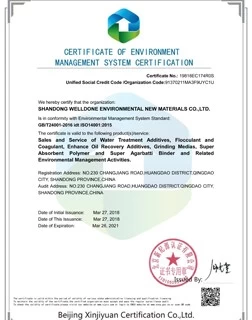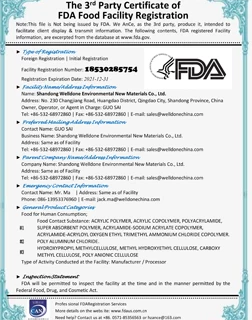The putty layer is cracked? The reasons are nothing more than these...
1. The basic leveling process of the wall is not good enough. Usually our basic standard needs to achieve the level of a two-meter ruler. After leaning against the wall, the gap between the ruler and the wall should not exceed 3mm. Try to keep it within 2mm. The wall is smooth.

2. To catch up with the construction period, regardless of actual site conditions and weather, apply another layer of putty powder when the previous layer of putty is not dry. During the construction of putty, it is necessary to scrape another one after the first pass is dry, in order to avoid cracking and reduce the trouble of repairing.

3. If the putty is too thick, the surface will not dry and the inside will be dry during the drying and curing process, which will cause dryness and cracking. Especially if the putty of the ceiling wall is too thick, it is easy to fall, hollow and crack under the action of gravity. Therefore, the putty must not be thickened in a single batch, but thinly batched multiple times.
Under normal circumstances, it is recommended that the thickness of each batch is less than 1.5mm, and the batch should be scraped again after hard drying (but the interval between the first and second batches should not exceed 3 days), and the thickness of the last batch of putty should not be less than 1mm .
4. Uneven mixing causes blistering and cracking of the wall putty in the later stage.




.jpg.webp)

